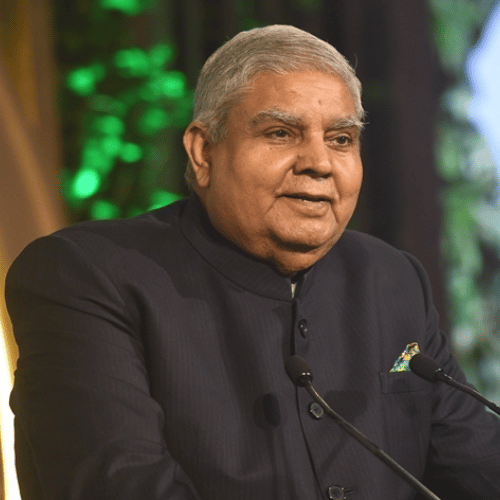With the world’s population expanding by the second, experts all over the globe have emphasized the need to develop newer, more sustainable agricultural methods to fulfill global food demand.
Swedish researchers have created an electrically conductive “soil” for soilless growing, often known as hydroponics. Linköping University researchers discovered that electrical stimulation of the root system via a novel culture substrate increases barley seedling growth by 50% on average. Their study’s results were just published in the journal PNAS.
“The world’s population is growing, and there is also climate change. As a result, we will be unable to meet the world’s food needs using solely present agricultural technologies. However, with hydroponics, we can grow food in urban environments in very controlled settings,” Eleni Stavrinidou, associate professor at Linköping University’s Laboratory of Organic Electronics and head of the Electronic Plants group, states in a news statement.
The electrically conductive growing substrate, adapted to hydroponic culture, is known as oil by Stavrinidou’s research group. The researchers demonstrated that barley seedlings planted in the conductive “soil” developed up to 50% faster in 15 days when their roots were electrically stimulated.
The substrate is an essential component in hydroponics. Plants in hydroponic gardening grow without soil, requiring just water, nutrients, and something to which their roots may adhere – a substrate. According to the press release, it is a closed system that allows for water recirculation, ensuring that each seedling receives the nutrients it requires. As a result, very little water is used, and all nutrients stay in the system, which is not feasible with conventional farming.
According to the announcement, hydroponics also enables vertical growth in big towers to maximize space efficiency. Hydroponics was formerly used to produce crops such as lettuce, herbs, and other vegetables.
Mineral wool, a non-biodegradable growing substrate used in hydroponics, is similarly created in an energy-intensive method. “eSoil” is composed of cellulose, a common biopolymer, combined with PEDOT, a conductive polymer. This combination is not novel, but it is the first time it has been utilized for plant cultivation and to create an interface for plants in this way, according to the release.
“By doing so, we can get seedlings to grow faster while using fewer resources. We don’t know how it works or which biological pathways are involved. What we discovered is that seedlings process nitrogen more efficiently, but it’s not clear how electrical stimulation affects this process,” Starvrinidou said in the press release.
The researchers claim that their electronic soil uses extremely little energy and does not need high voltage to activate the roots, unlike some other similar solutions. According to Starvrinidou, the study might pave the way for new research fields to further advance hydroponic gardening.















